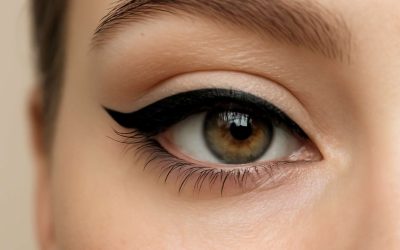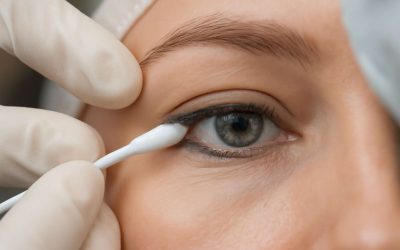
Microblading is a semi-permanent tattoo technique that uses tiny blades with needles to create natural-looking brows. It’s a popular option for women who have sparse eyebrows or want to fill in their brows with a more natural-looking brow line.
The process involves mapping your brows, then using a numbing cream to prevent pain during the treatment. Once the area is numbed, the artist will make tiny hair-like strokes to create the desired look.
Before the treatment, your artist will assess your skin type, ask about any medical conditions you have, and tell you how to prepare for your appointment. For example, you should steer clear of alcohol or caffeine, as they can increase the sensitivity of your skin, and try to relax.
Your brows will be numbed with topical lidocaine before they start the procedure, and the artists will draw the outline of your brows so you can approve it before they begin the actual work. After this, the artist will use the numbing cream to make tiny, hair-like strokes that blend into your existing brow hair.
It’s important to choose a professional artist who has experience with this kind of cosmetic tattooing. Make sure they are licensed and certified to perform the procedure, and that their tools and equipment are sterile and disposable. Also, check their reviews and portfolio of microbladed before and after photos on their social media pages to ensure you’re getting good quality work.
The cost of the procedure varies depending on your location and the artist’s rates. However, the total amount usually includes two visits: one for the actual treatment and a second for the first touch-up appointment about 6 weeks after the initial microblading session.
During the touch-up, your technician will repair any imperfections that may have occurred during the first microblading session, such as scabbing or areas that did not take pigment. If you want to keep your eyebrows looking their best, it’s essential to schedule a follow-up appointment as soon as possible.
You should avoid putting makeup on your brows while they are actively healing to protect the area from infection. You should also avoid sunburn and excessive sweating, as they can cause the brows to bleed more than usual.
In addition, it’s recommended to avoid saunas, swimming, and other activities that involve your brows, as they can increase the likelihood of bleeding during the healing process. This will reduce the time your brows take to heal and help them last longer.
Your new brows can’t get wet for 10 days after the procedure, so you should plan to shower or swim as little as possible during this period. You should also be aware that any sweat or dirt on your brows can cause the ink to fade.
The fading of the ink is gradual, and it will eventually lighten to a lighter version of the color used during the treatment. Over the course of several sessions, you will notice the pigment lightening slightly. In the meantime, you can purchase a face shield to protect your newly crafted brows when you shower.



0 Comments